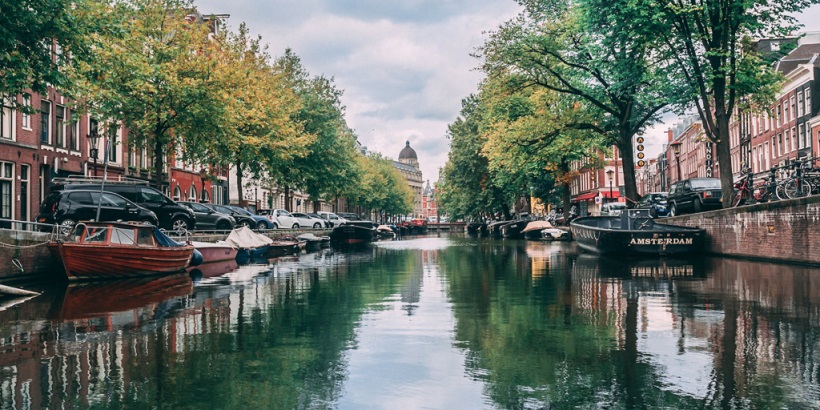Few cities balance history and innovation quite like Amsterdam. Today, as urban challenges grow more complex, the solution might come from something invisible to the naked eye: point cloud Amsterdam. This advanced 3D data technology is quietly transforming how the city is mapped, maintained, and modernised.
At its core, point cloud Amsterdam refers to the use of laser scanning and photogrammetry to create highly accurate digital models of buildings, streets, and infrastructure. Each scan captures millions of points, representing every detail — from brick textures to the slope of a canal bridge.
One of the pioneers in this field is Wolk, a company based in the heart of the city. With a strong focus on point cloud Amsterdam solutions, Wolk is helping architects, engineers, and city officials build smarter by seeing more. Their high-resolution scans are used in renovation planning, infrastructure upgrades, and even flood prevention studies.
“In Amsterdam, everything is compact and layered — old and new structures overlap everywhere,” says a Wolk team member. “Point cloud Amsterdam helps us untangle that complexity without lifting a single brick.”
City planners are increasingly relying on point cloud Amsterdam data for simulations, permitting, and heritage management. Instead of relying solely on blueprints or site visits, professionals now work with 3D models that show exactly what exists — including hidden or difficult-to-access areas.
The role of point cloud Amsterdam goes beyond construction. Museums use it to document historic sites. Energy companies use it to plan cable routes with minimal impact. And environmental teams rely on point cloud Amsterdam for monitoring green spaces and drainage systems.
With every scan, Amsterdam becomes more visible, measurable, and manageable. The technology allows for collaboration across disciplines, reducing project timeframes and increasing safety.
As cities globally move toward digital twins and smart infrastructure, point cloud Amsterdam stands out as a benchmark. And with innovators like Wolk leading the way, this technology isn’t just mapping Amsterdam — it’s helping shape the next chapter of its evolution.
